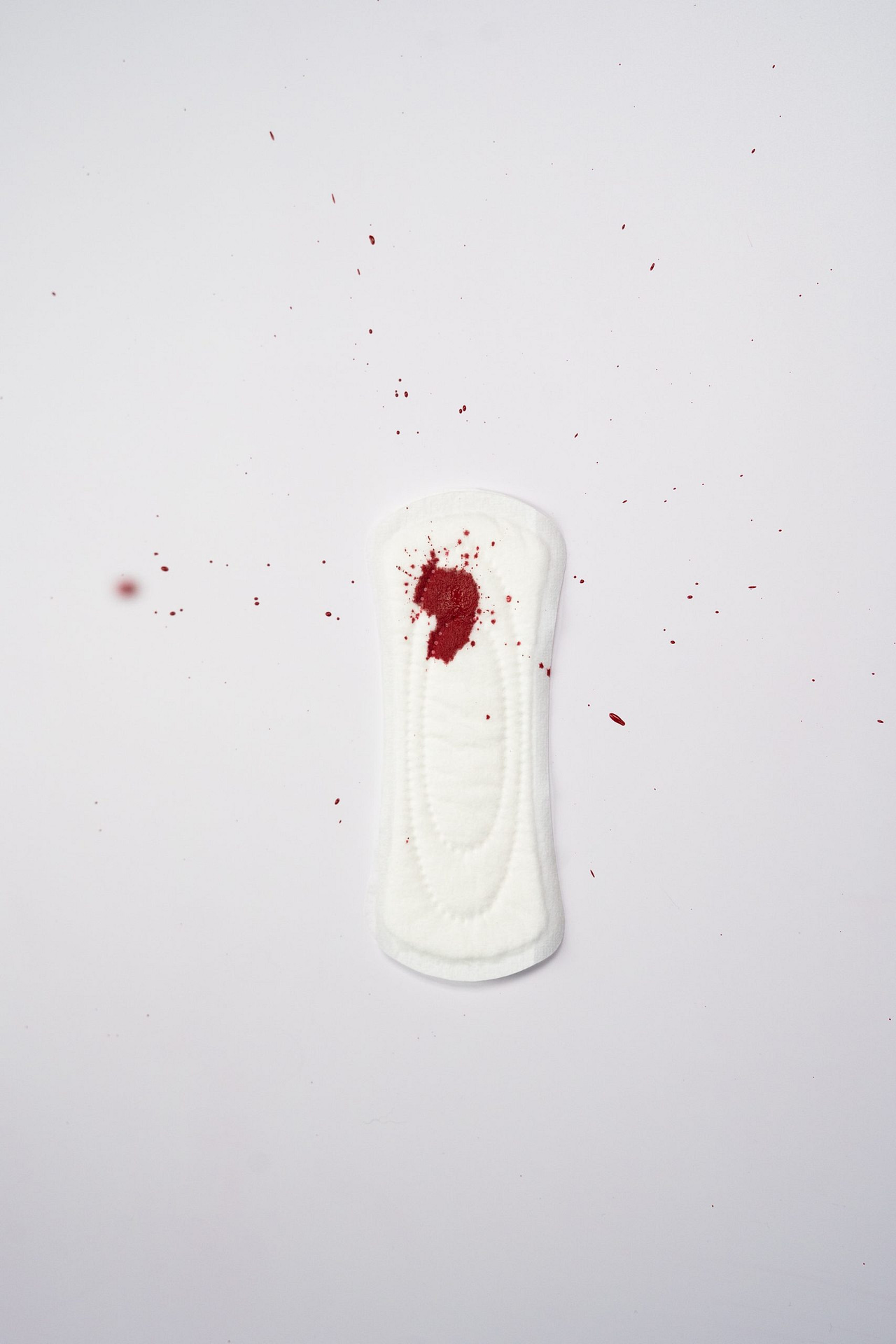According to provisional reports of Census 2011, slum dwellers account for one-third of the total population of Kolkata (4.5 million). More than 40% of these people have lived in slums for two generations or longer ever since the time Calcutta used to be the financial capital of East India Company. Half of them migrated to the city from rural parts of West Bengal and adjoining states during the 20th century and settled around industrial sites and vacant areas along roads, canals, drains, railway lines and other marginal lands due to lack of adequate housing. Presently, there are 2011 registered and 3500 unregistered slums in Kolkata housing more than 1.5 million people. One such urban slum that Anahat is working very closely with is “Sick Line” in Khidirpore. The slum adjoining the Kolkata Port Trust is a vastly populated illegal urban settlement inhabited majorly by the Muslim community. The families residing in the slum are daily wage earners who either work for the Port Trust or the ITC Cigarette Factory located close by. Our agenda is to understand the socio-economic conditions of the adolescent girls and women, their feminine hygiene needs and demands, their method of disposal of menstrual absorbent etc. After mobilizing the slum and conducting a household survey, we collected data which gave us some insights into their overall menstrual hygiene practices.
Only 2.9% of the women in the age group 31-39 years and 1.5% of the women in the age group 40-50 years had received higher education.
As indicated by the pie chart alongside, majority of respondents currently between the age of 20-25 years are school dropouts, that is 60% while only 3% respondents dropped out of school between 12-15 years age. On the other hand 45% of the respondents dropped out of school between the age 26-30 and 36% of them dropped out between the age 25-30.
The total of the pie chart does not add up to a hundred as the dropouts belong to different age groups.
The major reason for drop out among adolescent girls is marriage and lack of funds. The average age of marriage among these girls is 16 years. 35% of the women between the age 20-25, 23% between the age 26-30 and 22% between the age 31-39 said that they dropped out of school because of marriage. A considerable number of women also dropped out of school due to lack of funds. 8% of women between the age 20-25, 3% between 26-30 years and 7% between the age 40-50 years said that they dropped out due to lack of proper sanitation facilities in the school.
The study revealed a trend in which majority of the adolescent girls between the age 12 to 19 are using sanitary napkin (66.7% to 78.6%) while women between the age group of 20 to 50 majorly use cloth (24% to 75%). If we look at the total age group, 58.1% menstruating women are using sanitary napkin while 28.1% are using cloth and 13.8% women are using both cloth and sanitary napkin.
We also enquired about the method of disposal where the majority of the women were currently using a sanitary napkin and came to learn that they disposed of them in the nearby dustbin. The dustbin is then emptied into an open area where the waste remains for nearly 2 months till it is taken care of by KMC. This open dump is in the centre of Sickline and highly exposed to children who are often seen playing in the area close to the dump yard. Almost all age groups have also reported throwing the used pad/cloth in the nearby water body (Dhobi Talao). The Sickline slum is located at the bank of this Talao and is highly polluted by the residents.
There are very few respondents who said that they bury the used pad under the ground (7.7% in the age group of 12-15 years) and 6.5% in the age group of 26-30). A striking 21.4% women between the age of 40-50 years said that they wash and re-use the cloth.


